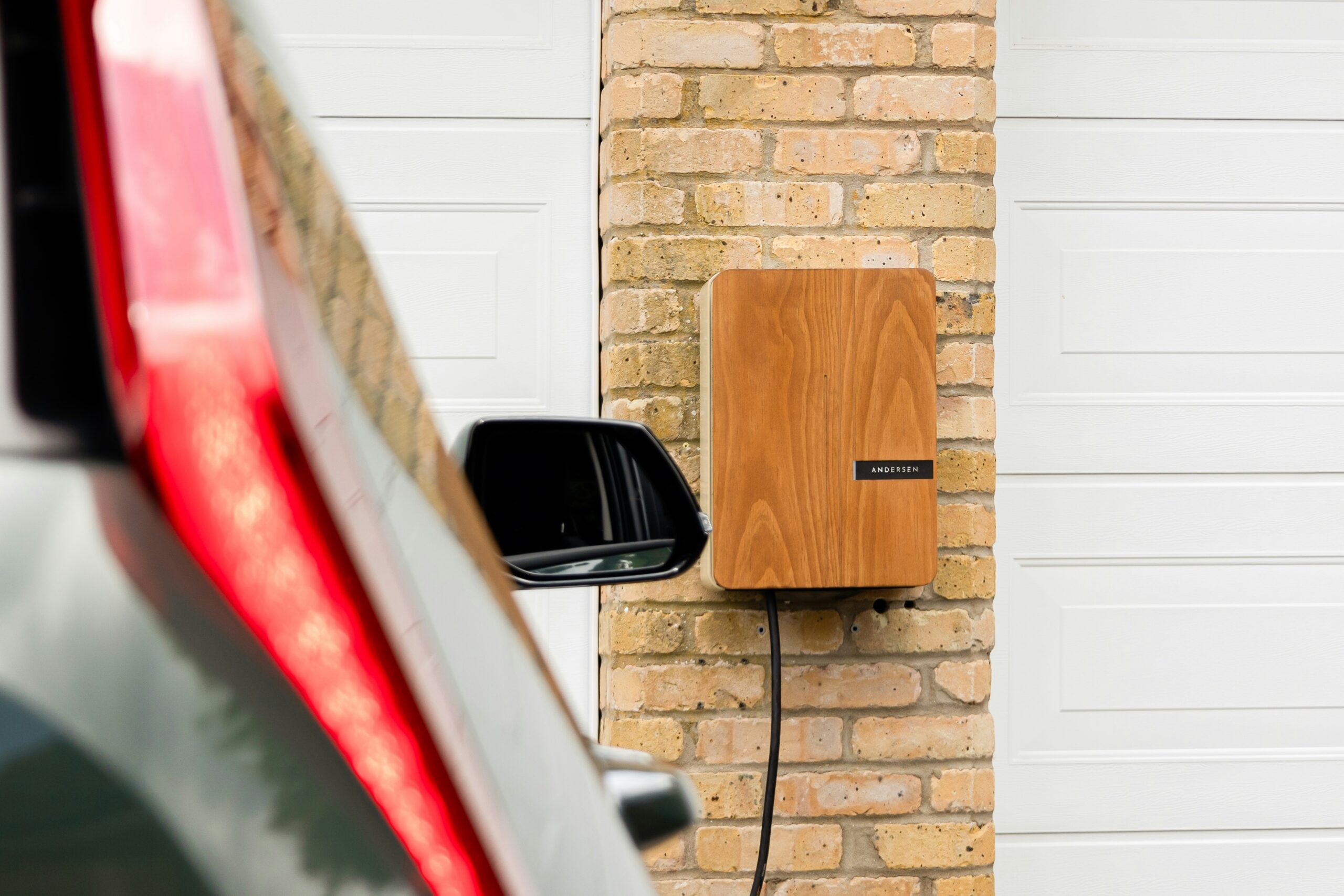Electric vehicles (EVs) are no longer the future — they are the present. By 2025, over 18 million homes globally will have personal EV charging setups, transforming ordinary garages into smart energy hubs. Yet most homeowners are still unclear on one thing:
How much does it really cost to charge an EV at home — and what incentives or technologies can dramatically lower your energy bill?
In this comprehensive guide, we explore home charging installation costs, tax credits, smart charger innovations, bidirectional charging, and ways to turn your EV into a financial asset rather than an energy expense.
Table of Contents
Why Home Charging Is Now the Smartest Financial Move
Compared to public charging, home charging is up to 70% cheaper — especially when combined with off-peak rates, solar power, or bidirectional energy savings.
Average Cost Per Mile (2025)
| Charging Type | Cost Per kWh | Cost Per 100 Miles | Monthly Avg |
|---|---|---|---|
| Home Charging (Off-Peak) | $0.10 | $3 – $4 | $35 – $45 |
| Public Fast Charging | $0.45 | $15 – $20 | $175 – $220 |
| Gasoline Vehicle | N/A | $12 – $15 | $160 – $200 |
Charging at home isn’t just more convenient — it’s a major financial advantage.
EV Home Charger Installation Costs in 2025
Level 1 vs Level 2 vs Smart Charging
| Charger Type | Charging Speed | Installed Cost | Who It’s For |
|---|---|---|---|
| Level 1 (120V) | 3–5 miles/hr | Included with car | Apartment renters or occasional drivers |
| Level 2 (240V) Standard | 25–35 miles/hr | $800 – $1,200 | Daily drivers |
| Smart Level 2 | 25–45 miles/hr + app control | $1,200 – $2,500 | Optimized for energy savings |
| Bidirectional Charger | Charge + send energy back to home/grid | $3,000 – $5,000 | Homeowners who want EV + solar + income potential |
Tip: Smart chargers pay for themselves in 2–4 years if you use scheduled charging or solar integration.
Available Tax Credits & Incentives (2025)
U.S. Federal EV Charger Tax Credit (2025):
- 30% off hardware and installation costs
- Up to $1,000 for residential properties
- Also applies to bidirectional chargers and energy storage systems
Additional Incentives by State:
- California, New York, Texas, Germany, Canada offer extra rebates up to $2,000
- Some utilities offer monthly rebates for participating in smart grid charging programs
Installing a charger in 2025 is not just a home expense — it’s a tax-advantaged financial decision.
Smart Charger Innovations Transforming Home Energy Use
Smart chargers are no longer just plugs — they’re intelligent energy systems:
Key Features in 2025:
- AI-Powered Charging Optimization: Automatically charges when energy is cheapest
- App-based cost tracking & usage analytics
- Solar + EV integration (charge directly from rooftop solar)
- V2H & V2G (Vehicle-to-Home/Grid): EV becomes a backup battery during outages — or even earns money by selling energy back to the grid
Top Smart Chargers for 2025
| Charger | Key Feature | Suitable For |
|---|---|---|
| Tesla Wall Connector (Gen 4) | Solar charging sync | Tesla owners |
| Wallbox Quasar 2 | Bidirectional charging | Energy investors |
| ChargePoint Home Flex | Utility integration | Any EV |
EV + Solar: The Ultimate Cost-Cutting Stack
If you pair a smart charger with solar panels, your charging cost can drop to near zero. Some homeowners even get paid to supply excess energy back to the grid.
Solar + EV ROI Example
- Solar installation cost: $12,000
- Federal tax credit: $3,600
- Annual savings on EV charging + home electric bill: $2,000
Solar + EV charger pays itself off in 4–5 years
Bidirectional Charging: Your Car Becomes a Power Bank
What is it? Bidirectional charging allows your EV to send energy back to your home or sell it to the grid.
Financial Benefits
- Earn up to $700/year from utility programs
- Eliminate the need for a home battery
- Operate off-grid during blackouts
Your EV is no longer a vehicle… it’s an income-generating asset.
Final Thoughts: Home Charging Is a Tech Investment, Not a Utility Bill
EV charging in 2025 is no longer about plugging in your car — it’s about energy automation, financial optimization, and future-proof home value.
The winners of the EV revolution won’t just be drivers.
They will be homeowners who integrate smart energy systems, monetize their EVs, and leverage tax incentives to build long-term financial resilience.

